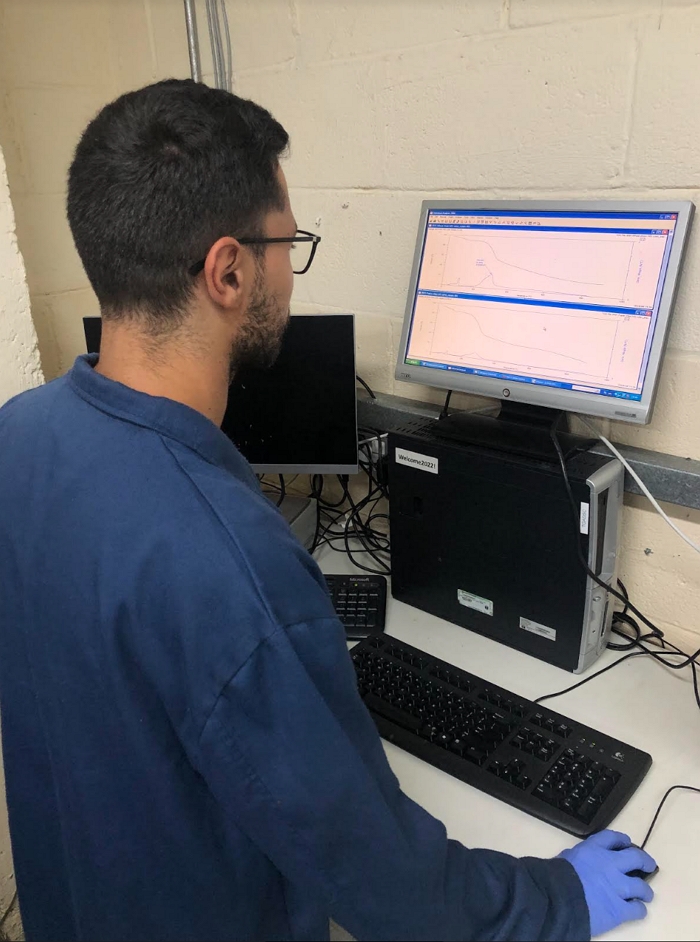Click here to read about the different analysis packages that Celignis offers for the evaluation on biochars. These analyses cover properties relevant to a wide variety of applications, including soil amendment, carbon sequestration, bioenergy, and biomaterials.



